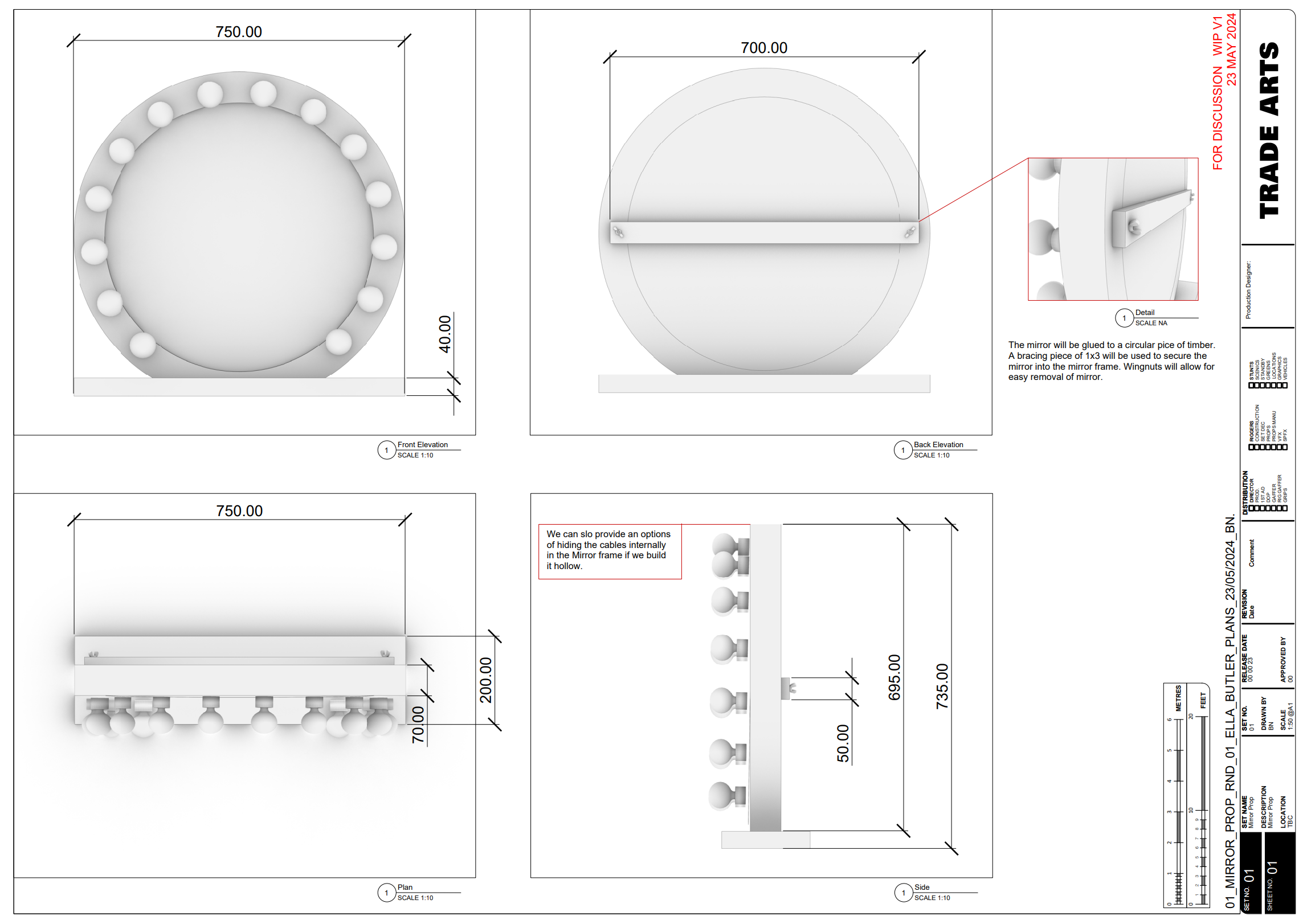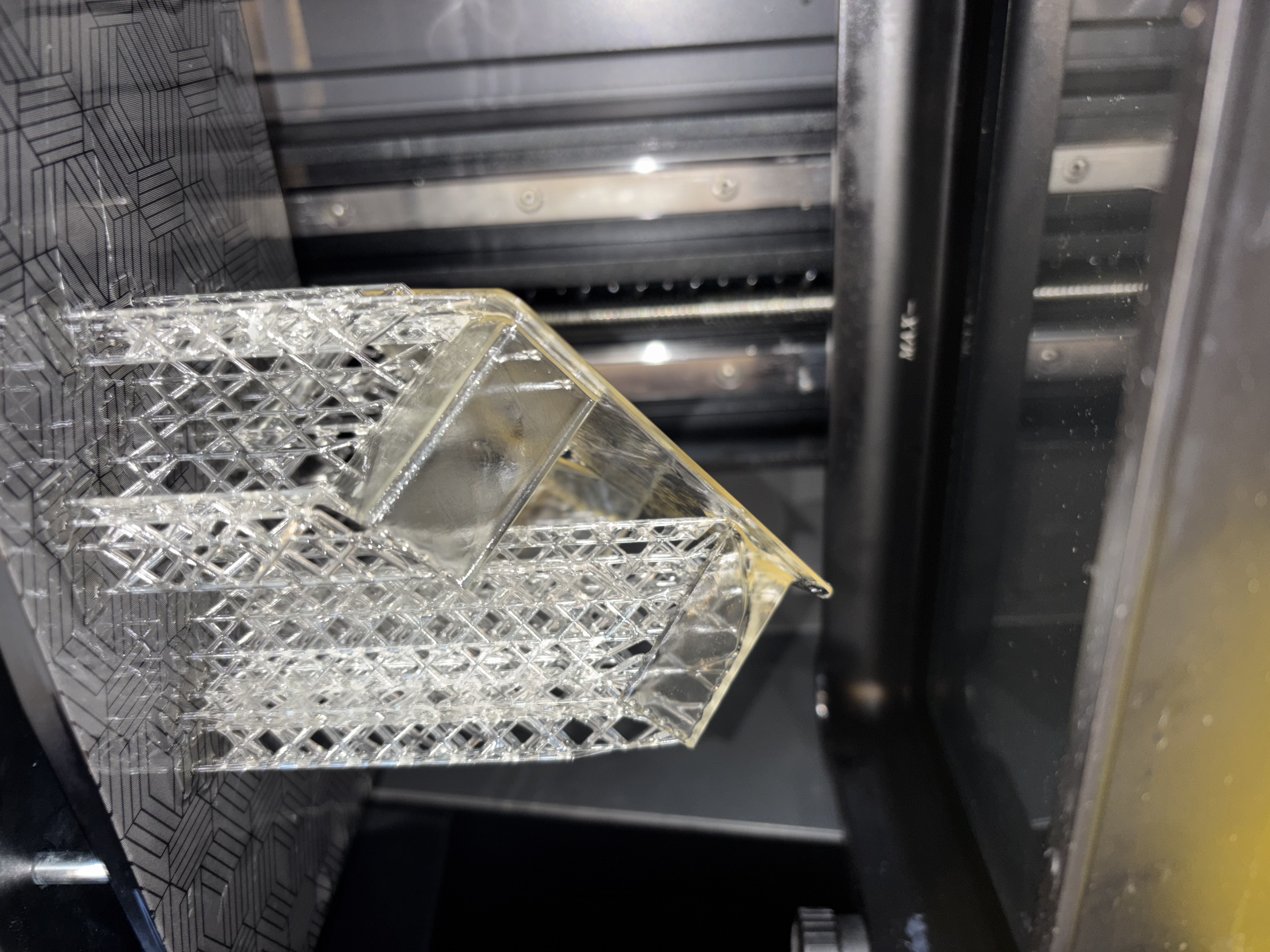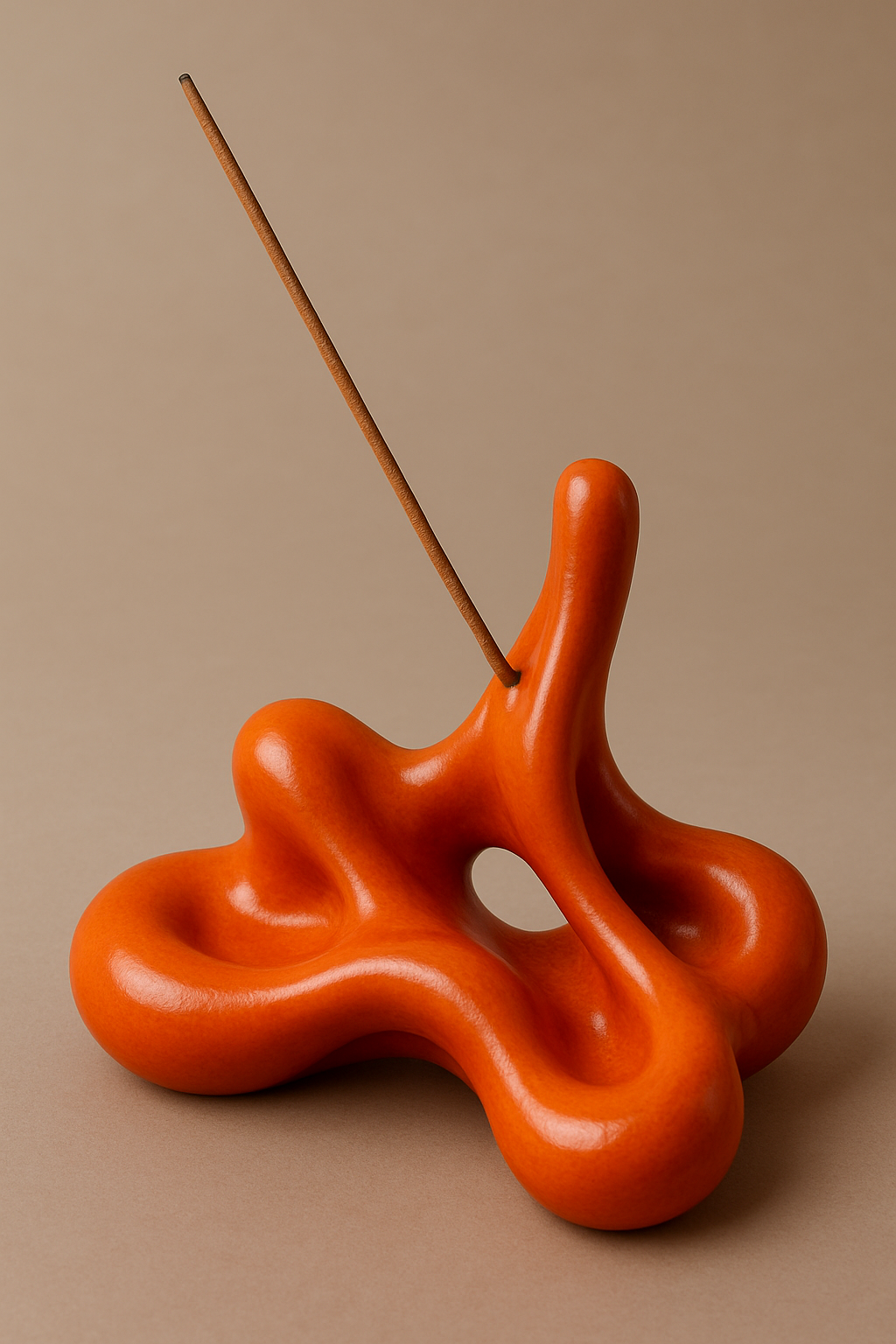What Makes a Prop ‘Camera Ready’? Copy123
We break down what defines a camera-ready prop — and how finishing, durability, and material choice all contribute to high-quality on-set performance.

What Makes a Prop ‘Camera Ready’?
In film and television, realism isn’t a bonus—it’s the baseline. A prop might only appear on screen for a few seconds, but in that time it must sell its story completely. It needs to look functional, lived-in, and perfectly suited to the world it’belongs in. That’s what we mean when we say a prop is “camera ready.” At Trade Arts, getting a prop to that state is a cross-disciplinary effort combining technical precision, practical materials, and artistic finish.
The Pressure of Film-Set Builds§
Props often need to be made fast, work on the first take, and look flawless from every angle. There’s no luxury of post-production fixes when a physical object is in the actor’s hands, in the foreground of a close-up. Every design and build decision is shaped by the demands of the shoot: the lighting conditions, the camera movement, the blocking, even the weather.
Defining 'Camera Ready'
A camera-ready prop has three key qualities:
- Visual authenticity: It must look like it belongs in the world of the film—whether that’s gritty realism or stylised futurism.
- Tactile credibility: It has to feel solid and respond appropriately when handled.
- Scene durability: It must survive the take—sometimes dozens of takes—without falling apart or looking fake.
It’s not about being perfect up close; it’s about being believable under set conditions.
Surface Quality Is Everything
The biggest giveaway that a prop isn’t real? Poor surface finish. Visible layer lines, mould seams, or unrealistic gloss levels instantly break the illusion. That’s why our scenic finishing team is just as important as our fabricators. They fill, sand, prime, and paint every part until it looks like the real thing. A plastic print can be made to look like corroded steel. Foam can be painted to resemble aged timber. Patina is the secret to realism.
Painting, Patina, and Scenic Finishing
We approach scenic work as storytelling. Each scratch, smudge, or bit of wear says something about the object’s history. Some key techniques include:
- Base coating: Applied by brush, spray, or airbrush to match the intended material.
- Dry brushing: To highlight raised details and simulate wear.
- Weathering: Using washes, stippling, and powders to add grime, soot, rust, or dirt.
- Edge work: Hand-applied highlights to show chipped corners or repeated handling.
We also apply decals, signage, or in-world markings to support the narrative—from warning labels to fictional branding.
Making Props Durable
Props can be dropped, thrown, or passed between actors repeatedly. That means structural integrity matters just as much as appearance. We reinforce stress points, use internal supports, and test all moving parts. Sometimes we create duplicates for different types of scenes: a hero version for close-ups, and stunt versions for action.
Fast Repairs and Modularity
On set, time is limited. If a prop breaks, we need to fix it immediately. That’s why we often design for modularity—parts that can be quickly swapped, reset, or reattached. Screws, magnets, and keyed joints are built into our CAD files from the start. This ensures flexibility when scenes shift or new blocking arises.
Challenges of Lighting and Handling
Set lighting can exaggerate flaws or flatten detail. A reflective surface might glare under LEDs. A matte finish might look too dull on camera. That’s why we test our finishes under different lights, angles, and camera settings. We also consider how the prop will be held—what parts get touched, twisted, worn. These areas get extra attention to preserve the illusion.
Examples From Set
- Alien Control Panel: Finished with high-gloss and backlit text to stand out under moody, coloured lights.
- Medieval Amulet: Printed in resin, painted to resemble weathered bronze, and given leather threading. Held up through multiple fight scenes.
- Delivery Drone Shell: CNC-cut, spray coated, and distressed for realism, mounted to a motion rig.
Balancing Speed and Quality
Deadlines are tight. Sometimes we have two days to go from concept to final. We use prefab parts, fast-setting paints, and hybrid workflows (e.g. CNC + 3D + handwork) to compress the timeline without sacrificing quality. Prepping well in CAD makes the rest flow.
Conclusion: The Prop Is the Performance
A good prop doesn’t just sit in the background. It supports the performance. It helps actors inhabit their characters and audiences believe the world they’re seeing. At Trade Arts, getting a prop camera ready is about understanding both the technical demands and the emotional weight of physical objects. It’s not just a thing—it’s part of the story.


